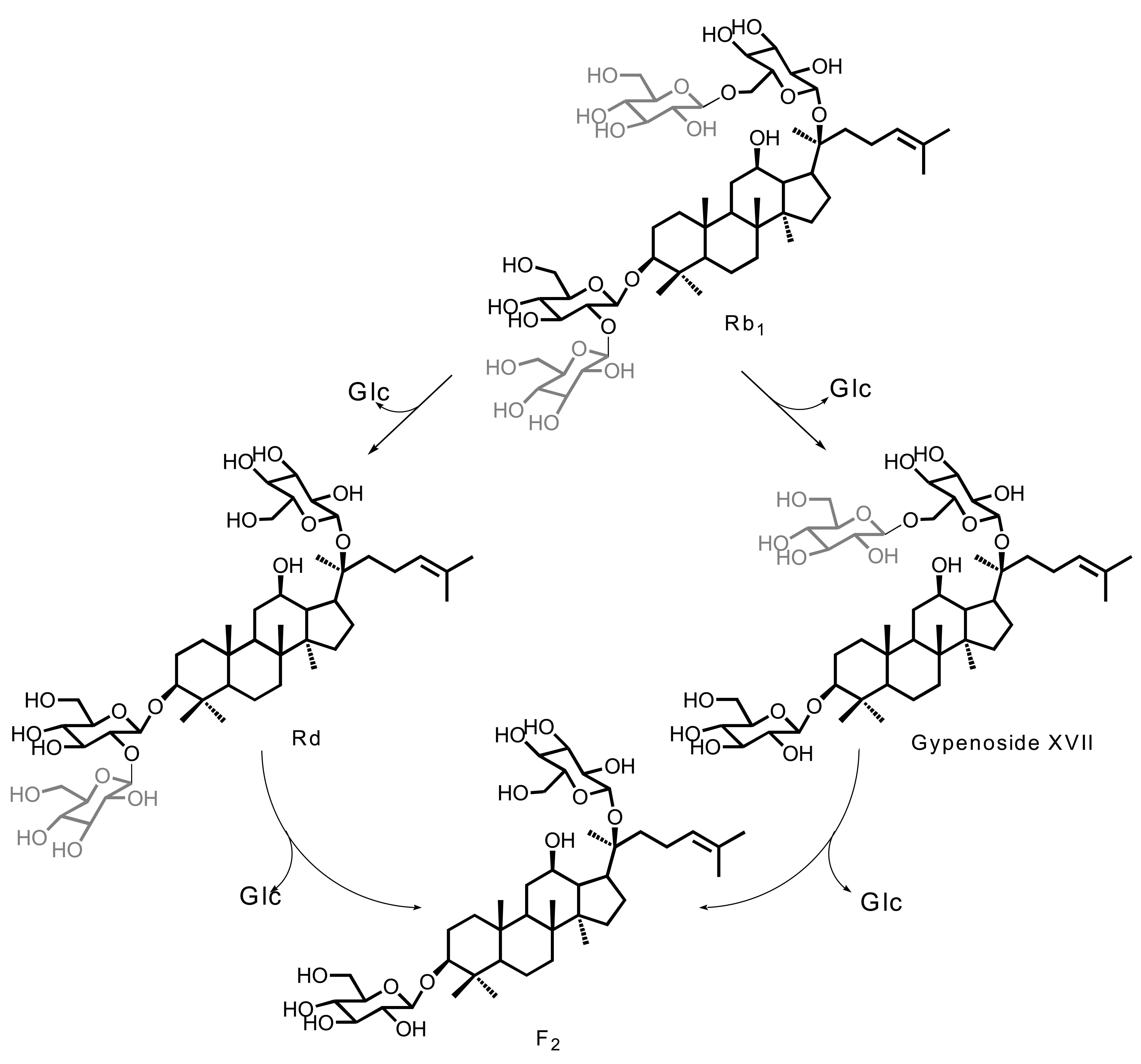

Professor
Department of Biology
Western University
1151 Richmond St. N
London, Ontario, Canada
N6A 5B7
Office: North Campus Building, Rm 402
Email: bernards@uwo.ca
Phone: 519 661-2111 x 86477
Fax: 519 661-3935
Ginsenosides are triterpenoid saponins of the ginseng plant. Like other saponins, they are fungitoxic (although only slightly) and as such may play a role in the interaction between ginseng plants and soil-borne microorganisms. One particularly aggressive pathogen of ginseng is the oomycete Pythium irregulare. This organism is able to metabolize common protopanaxadiol ginsenosides (e.g., Rb1, Rb2, Rc, Rd) via extracellular glycosidase(s) into a common product, ginsenoside F2. This compound may act as either a host recognition factor or a growth stimulant for P. irregulare, allowing it to find susceptible ginseng roots. Our analysis has demonstrated that the ability of P. irregulare to deglycosylate ginsenosides is directly related to its ability to infect ginseng seedlings. Paradoxically, F2 itself shows an inhibitory effect on the growth of P. irregulare, and excess amounts of ginsenosides near ginseng roots delays infection (see publications #62 & 63). We are currently trying to disect these seemingly contradictory observations.
